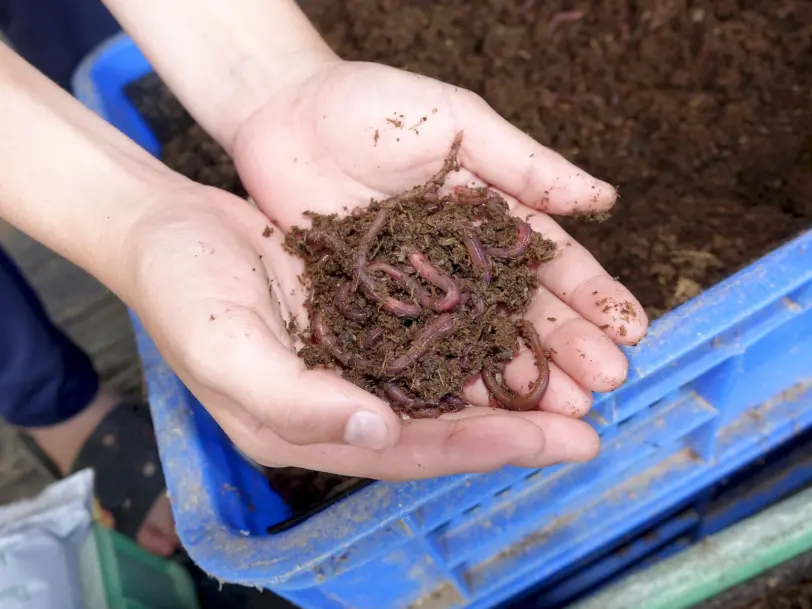How to produce vermicompost?

Incorporating vermicompost into soil enhances its structure and supplies plants with essential nutrients. It is also an effective deterrent against numerous plant-feeding pests, including aphids and spider mites. We will delve into what vermicomposting entails and the process of creating vermicompost.
What is Vermicompost?
Vermicompost is an organic fertilizer derived from earthworms. Also referred to as vermicast, worm compost is essentially the excrement of earthworms. As they consume compost, their waste contributes to creating an ideal soil enhancer. The castings, resembling small round particles, enhance soil aeration and drainage while also boosting its water retention capacity.
The Use of Vermicompost for Plants
Organic vermicompost is ideal for plants. It contains all the necessary nutrients required by plants and also enriches the soil in which they grow. This type of fertilizer is suitable for nearly any plant and can be applied directly without harming them. Vermicompost can be used as a top dressing, side dressing, or mixed into the soil.
How to Make Vermicompost?
Creating vermicompost is a relatively simple process. Worm bins can be either purchased or homemade, available in various sizes and designs. When constructing worm bins, they should be shallow, with a depth of 20-30 cm and equipped with drainage holes at the bottom to prevent odor issues associated with deeper bins. Smaller bins are particularly convenient for home use as they can easily fit under a sink or in similar spaces.
To assemble a worm compost bin, start by lining the bottom with sand and damp newspaper strips. Then, layer in compost, manure, or leaf litter, followed by another layer of moist newspaper strips and soil. Introduce some worms and organic waste, such as kitchen scraps or garden debris, to complete the setup.
How to Harvest Vermicompost?
There are various methods for harvesting worm castings, which involve separating the worms from the compost. The dump and sort method is quite popular; simply spread a sheet of plastic or newspaper and pour out the worm bin’s contents. Gather the worms and transfer them to a new container of vermicompost, then apply the remaining castings to your plants.
Another technique is to shift the worm castings to one side of the bin and add fresh bedding to the other. Place new food on the fresh bedding, and the worms will typically migrate there within a few weeks. Afterwards, you can remove the castings. Sometimes, harvesting vermicompost might also require using different bins.
Utilizing organic worm castings in your garden is a superb method for cultivating healthy soil and robust plants.